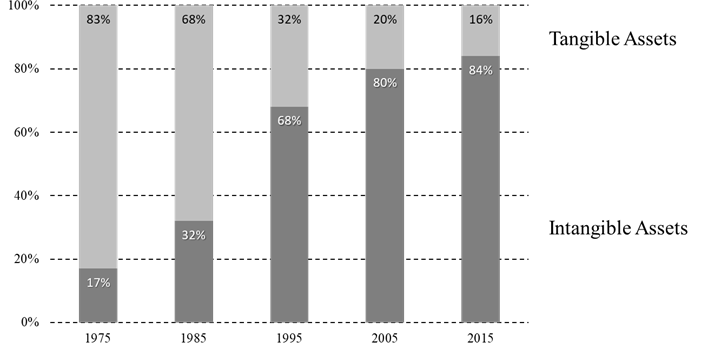Environmental, social and government problems have been reported in the media for a long time. For example, in 1984 the Union Carbide India pesticide plant in Bhopal accidentally leaked the toxic methyl isocyanate gas, seriously affecting the health of over half a million people and causing an estimated 8,000 fatalities. And in the 1990s, US sporting goods company Nike was accused of hiring suppliers in Southeast Asia who treated workers miserably and often resorted to child labor. For its part, German construction equipment manufacturer FlowTex assumed in 2000 that it had committed serious accounting and tax fraud for several years.
In the last century these occurrences shocked people and generated some reaction from environmental activists and politicians, but the real impact on customers and investors was limited. 20-30 years later, younger generations have entered the labor and consumer market and are showing a clear preference for buying brands with a good reputation for sustainability. And they often share their opinions through social networks, enabling the quick exposure of any problem around the world. For example, after the terrible environmental disaster caused by the British energy company BP in the Gulf of Mexico in 2010, an appeal was launched on the Facebook platform to boycott its products, which in a short time received more than 660,000 likes.
Meanwhile, teenagers are also starting to express their views and influence consumption preferences. In fact, its most famous representative, the Swedish Greta Thunberg, with around 3.5 million followers on Facebook, 5 million on Twitter and 14 million on Instagram, makes a point of openly criticizing companies that she considers harmful to the planet.
Obviously, customer perceptions have a big impact not only on a company's reputation, but also on sales and its own economic sustainability. In fact, a recent study revealed that the stock market valuation of companies listed on the US S&P500 index has been increasingly influenced by intangible factors, with special emphasis on the brand's reputation and innovation capacity.
Figure 1 Components of the Market Valuation of S&P500 Companies

It is therefore not surprising that, in the new millennium, the share price of the organizations responsible for any environmental, social and/or governmental scandal generally suffers a significant drop for a period of more than a year.
In response, fund managers have paid much more attention to corporate environmental, social and governance policies, recognizing that sustainable management is less risky and performs better on the stock market.
Perhaps the clearest sign of this awareness came from Larry Fink, the leader of the US firm BlackRock, the world's largest asset manager with around US$10 billion under management: in 2018, in his annual letter to shareholders and top executives, Larry Fink made it very clear that the companies he invests in must be able to reconcile financial performance with contribution to society. Therefore, it is estimated that sustainable funds around the world currently manage more than 35 billion dollars, one-third of the global total. And to better manage their large savings, more senior investors are following the example of younger generations, and increasingly holding sustainable financial assets.
In parallel, the United Nations has carried out several initiatives to promote SDGs (Sustainable Development Goals) on a global scale, and many governments and national regulators continue to create new laws and regulations to oblige organizations to adopt, implement and report concrete measures that benefit the environment and society.
In parallel, the most enlightened leaders around the world have taken concrete steps to balance business with sustainability. For example, the SOICO group, leader in the media business in Mozambique, has long reconciled its business development with various specific initiatives of an environmental, social, educational and cultural nature. In parallel, it created Mozefo, an international forum to promote an inclusive and sustainable economy, and Fundaso, a foundation that aims to develop transformational projects with an impact on the lives of Mozambicans.
Thus, under their own initiative or the joint pressure of most of their stakeholders (customers, shareholders, employees, suppliers, government, partners, financiers, unions, community, regulators, environmental agencies, etc.), companies have been gradually integrating economic sustainability with environmental, social and governmental sustainability in its management (Figure 2).
Figure 2 Stages of Sustainable Management Development

In the early stages, companies often show a reactive stance and only incorporate sustainability into risk management. But as the benefits become evident, the approach becomes more proactive and sustainability is also included in cost and sales management. Until, finally, the entire strategy is oriented towards sustainable value creation.
Have a great and impactful week!
Adriano Freire
President of the STRAT&EGOS Institute
Professor at Universidade Católica Portuguesa and The Lisbon MBA
This article refers to edition #158 of the "Have a Great and Impactful Week" Newsletter and covers SDG 9 and 17.
Subscribe here to receive the weekly newsletter